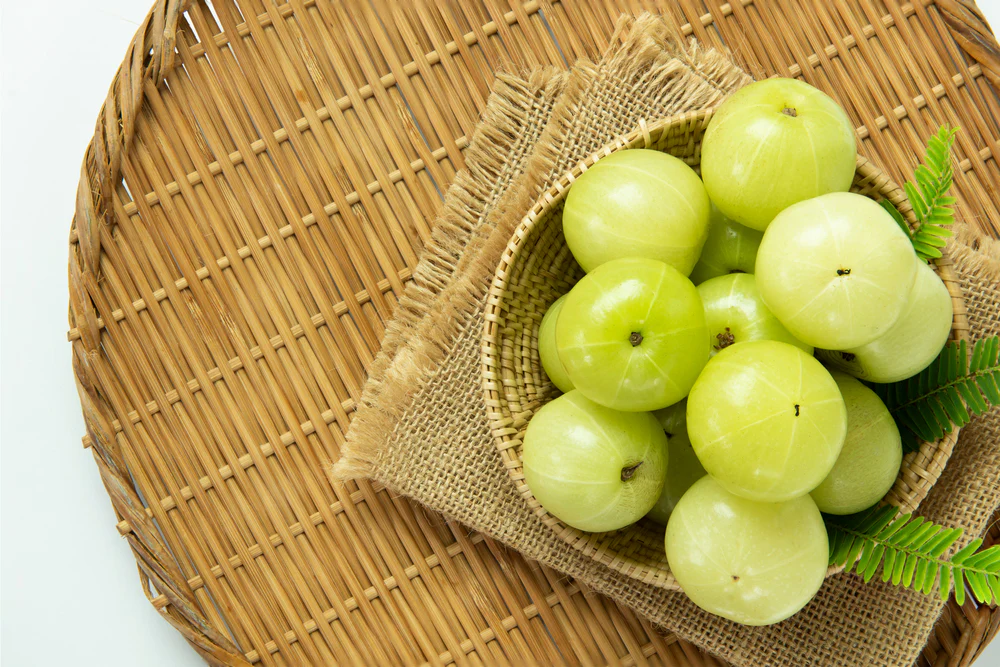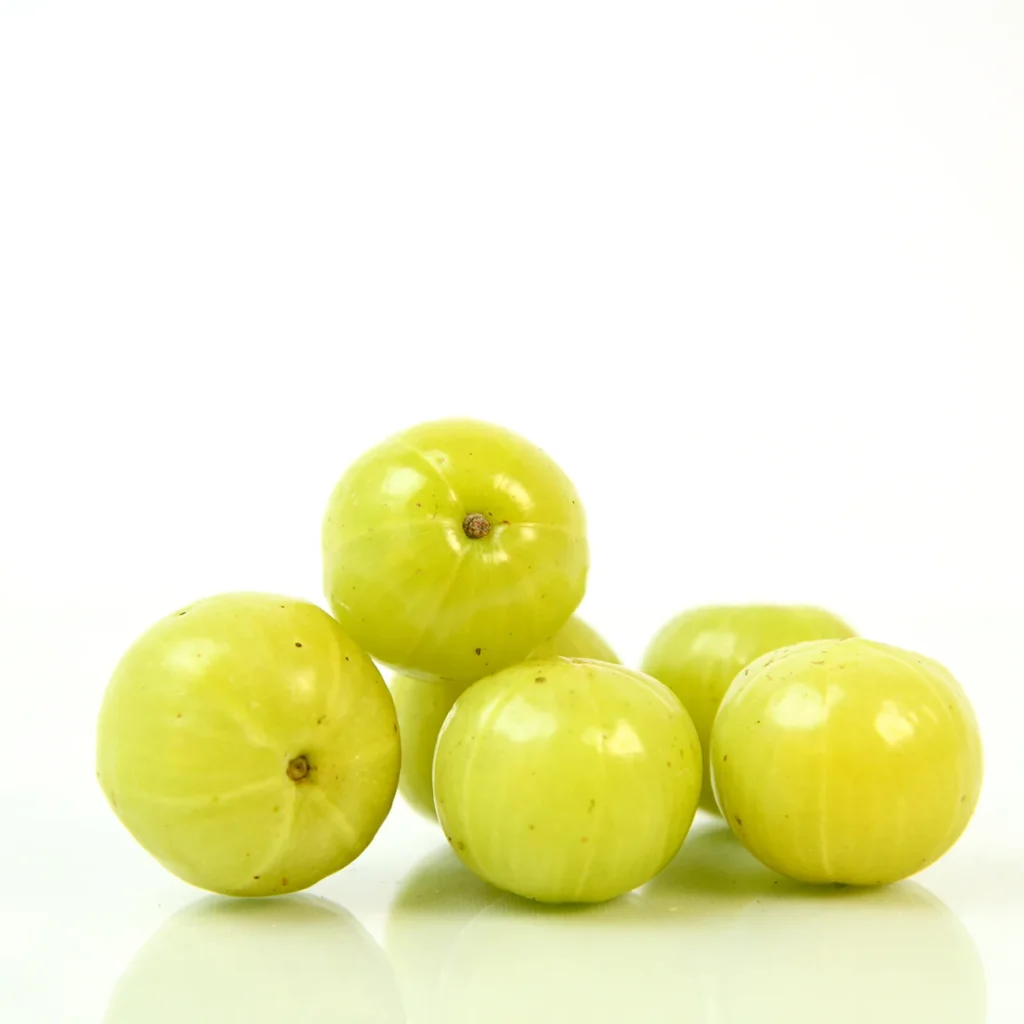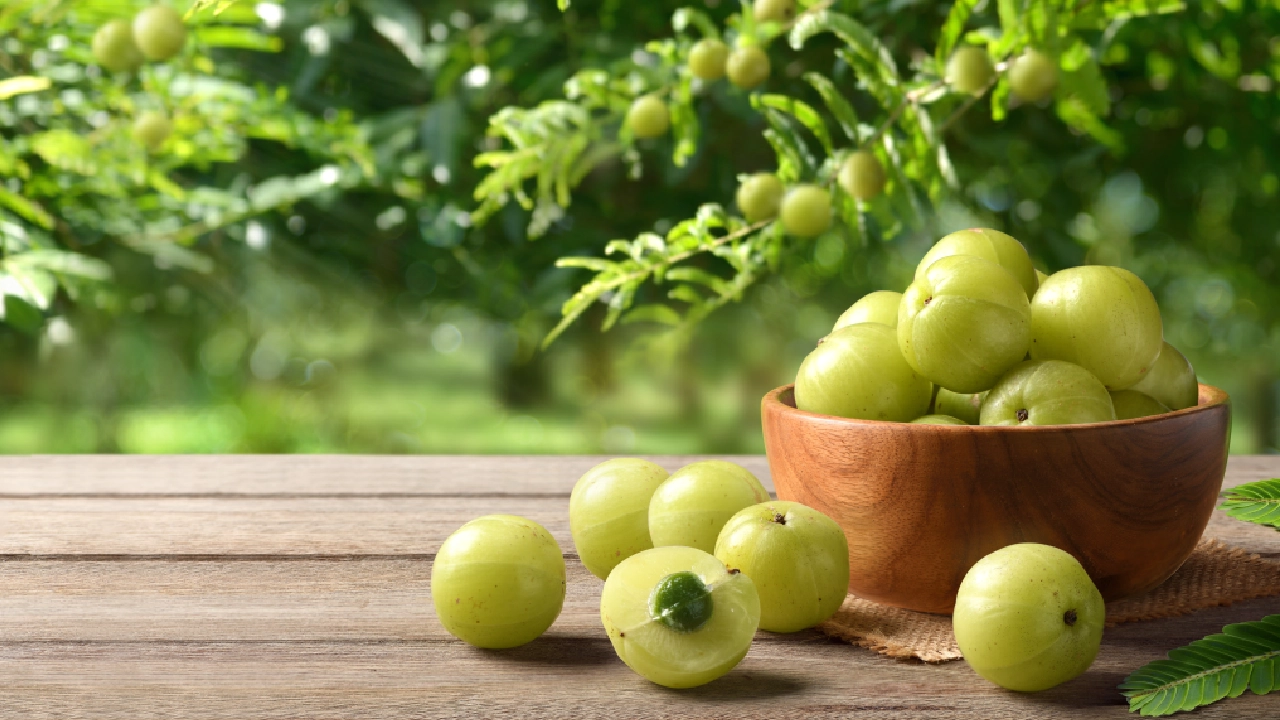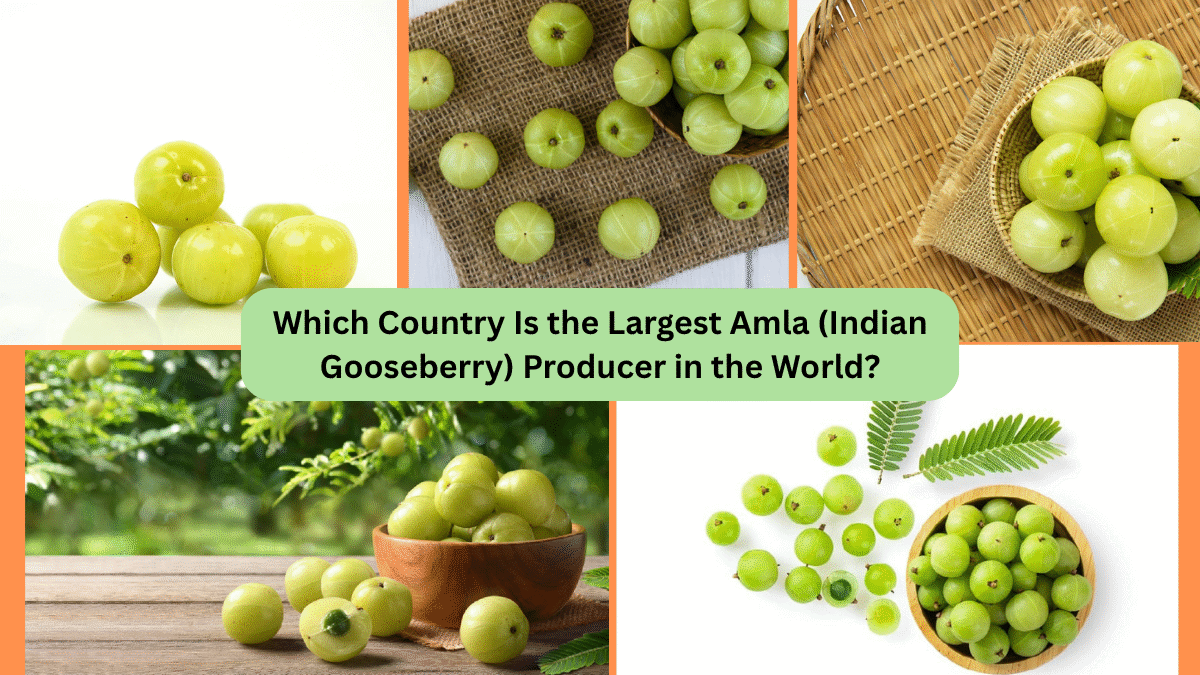The Amla fruit (Phyllanthus emblica), commonly known as Indian gooseberry, is a small, green, sour-tasting fruit that is celebrated across Asia for its extraordinary health benefits and long-standing significance in traditional medicine. But among all the countries cultivating this powerful superfruit, one stands out as the world’s largest producer. In this comprehensive article, we’ll explore which country leads the world in Amla production, what makes Amla so valuable, and why its importance continues to grow on the global stage.
What is Amla?

Amla is a translucent green fruit known for its high vitamin C content, strong antioxidant properties, and wide range of medicinal applications. It grows on a medium-sized deciduous tree that thrives in tropical and subtropical regions.
Scientific Name: Phyllanthus emblica
Common Names: Indian Gooseberry, Amla, Amalaki (in Sanskrit), Nellikai (in Tamil), Amloki (in Bengali)
Historical and Cultural Importance
Amla holds a sacred place in Indian culture and Ayurvedic medicine, where it is revered as a “divine fruit.” It has been used for over 3,000 years in traditional health systems to promote longevity, boost immunity, and balance bodily systems.
- In Ayurveda: Considered a “Rasayana” (rejuvenating herb), Amla is one of the three ingredients in the famous formulation Triphala.
- In Hindu rituals: Amla is offered during religious ceremonies and festivals like Amla Navami.
The Largest Amla Producer in the World: India

India is the undisputed largest producer of Amla in the world.
Why India Leads Amla Production
1. Indigenous Origin:
Amla is native to the Indian subcontinent and grows abundantly in various climatic zones, especially in Uttar Pradesh, Madhya Pradesh, Tamil Nadu, Gujarat, and Rajasthan.
2. Traditional and Commercial Demand:
The fruit is deeply embedded in Indian wellness traditions, driving massive domestic consumption.
3. Expanding Cultivation:
With the rise of the Ayurveda and wellness industries, India has increased Amla cultivation in both organic and conventional farming systems.
4. Processing Infrastructure:
India has a robust infrastructure for processing Amla into powders, juices, candies, hair oils, and health supplements for domestic and export markets.
Production Statistics
- India produces over 1.5 million metric tons of Amla annually.
- The largest producing states include Uttar Pradesh (over 35% of national output), Madhya Pradesh, and Tamil Nadu.
- India exports processed Amla products to countries like the USA, UAE, Canada, Germany, and Malaysia.
Other Amla Growing Countries

While India dominates, Amla is also grown in smaller quantities in:
- Bangladesh
- Sri Lanka
- Nepal
- Thailand
- Indonesia
- China
However, these countries cultivate Amla on a limited scale, mainly for domestic use.
Nutritional and Medicinal Benefits
Amla is often dubbed a superfruit due to its rich nutritional profile:
- Vitamin C: One Amla contains about 20 times more vitamin C than an orange.
- Polyphenols and Flavonoids: Provide powerful antioxidant effects.
- Fiber and Tannins: Support digestion and gut health.
Health Benefits:
- Boosts immunity
- Enhances skin and hair health
- Regulates blood sugar and cholesterol
- Supports liver detoxification
- Improves vision and cognitive function
Common Uses

- Raw or Pickled: Often eaten fresh, salted, or pickled.
- Juice and Powders: Used as dietary supplements.
- Hair Oils and Shampoos: Strengthens hair and prevents dandruff.
- Candies and Confectionery: Sweetened Amla products are popular.
- Ayurvedic Formulas: Key ingredient in Triphala, Chyawanprash, and herbal tonics.
Economic Importance in India
The Amla industry is a growing contributor to rural economies and wellness industries:
- Farm Income: Amla trees offer good yields and require low maintenance.
- Value-Added Products: Juice, tablets, and oils drive profitability.
- Export Revenue: India is a major exporter of Amla-based health supplements.
Challenges in Amla Production

- Pest and Disease Management: Common issues include fruit borers and leaf spot diseases.
- Post-Harvest Loss: Amla is perishable and requires proper handling.
- Climate Sensitivity: Extreme temperatures and droughts affect yield.
Research and Innovations
To support the growing demand, India is investing in:
- High-Yield Varieties: Like NA-7 and Krishna Amla.
- Organic Farming Practices: Encouraged through government subsidies.
- Agro-Processing Units: Located close to cultivation areas to reduce waste.
- Export-Oriented Policies: Streamlining quality certification and packaging standards.
Sustainability and Environmental Benefits
Amla trees are environmentally friendly:
- Drought-Resistant: Can grow in semi-arid regions.
- Soil Conservation: Their deep roots prevent soil erosion.
- Low Input Crop: Requires minimal fertilizer and pesticides.
Future Growth and Global Trends
- Rising Demand for Herbal Supplements: Especially in the U.S., Europe, and Middle East.
- Wellness Tourism: Amla-based therapies are part of Ayurvedic resorts in India.
- Cosmetic Industry: Expanding use in skin and hair care formulations.
- Functional Foods: Amla is being added to juices, smoothies, and health bars globally.
Conclusion
India stands as the world’s largest producer of Amla, supported by deep cultural roots, ideal growing conditions, and a thriving wellness market. The fruit not only sustains traditional health practices but also fuels modern nutraceutical and cosmetic industries.
With its powerful medicinal properties, versatile applications, and increasing global demand, Amla represents the future of sustainable health-focused agriculture. India’s leadership in Amla production is likely to grow even stronger as the world embraces natural wellness and immunity-boosting superfoods.
As a symbol of both ancient wisdom and contemporary well-being, Amla continues to flourish—rooted in Indian soil and branching out to the world.





Leave A Comment